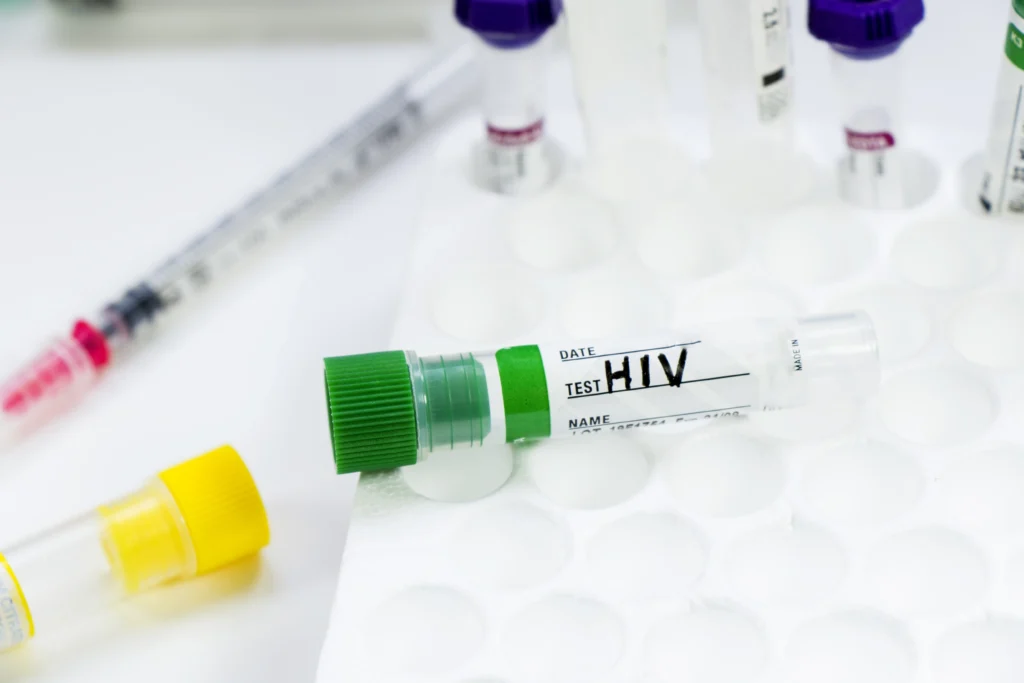
Global Trends of HIV-1 and HIV-2 Subtypes: Insights from a Decade-Long Review and Meta-analysis

Abstract
Background
HIV poses significant challenges for vaccine development due to its high genetic mutation and recombination rates. Understanding the distribution of HIV subtypes (clades) across regions and populations is crucial. In this study, a systematic review of the past decade was conducted to characterize HIV-1/HIV-2 subtypes.
Methods
A comprehensive search was performed in PubMed, EMBASE, and CABI Global Health, yielding 454 studies from 91 countries.
Results
Globally, circulating recombinant forms (CRFs)/unique recombinant forms (URFs) accounted for 29% of HIV-1 strains, followed by subtype C (23%) and subtype A (17%). Among studies reporting subtype breakdowns in key populations, 62% of HIV infections among men who have sex with men (MSM) and 38% among people who inject drugs (PWIDs) were CRF/URFs. Latin America and the Caribbean exhibited a 25% increase in other CRFs (excluding CRF01_AE or CRF02_AG) prevalence between 2010–2015 and 2016–2021.
Conclusions
This review underscores the global distribution of HIV subtypes, with an increasing prevalence of CRFs and a lower prevalence of subtype C. Data on HIV-2 were limited. Understanding subtype diversity is crucial for vaccine development, which need to elicit immune responses capable of targeting various subtypes. Further research is needed to enhance our knowledge and address the challenges posed by HIV subtype diversity.
